Yu et al. in Ecohydrology (2017) uses a novel process-based modelling framework to investigate the complex dynamics resulting from the introduction of exotic grasses under variable climate. Results indicate that the system converges towards different steady states, depending on the magnitude of climatic variability.
http://onlinelibrary.wiley.com/doi/10.1002/eco.1742/full
Yu, K., G. S. Okin, S. Ravi, and P. D’Odorico (2016), Potential of grass invasion in desert shrublands to create novel ecosystem states under variable climate, Ecohydrology, DOI: 1002/eco.1742 [Wiley].


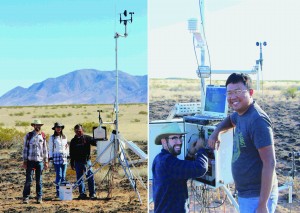


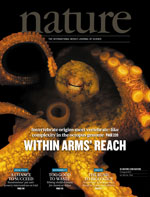
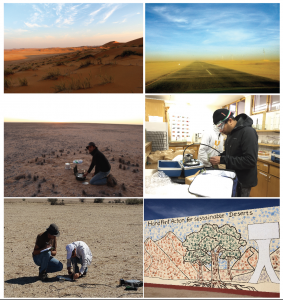
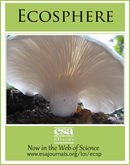
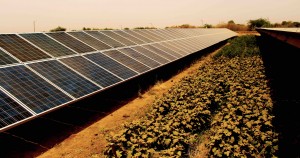
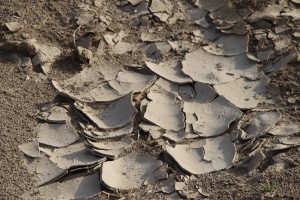
You must be logged in to post a comment.